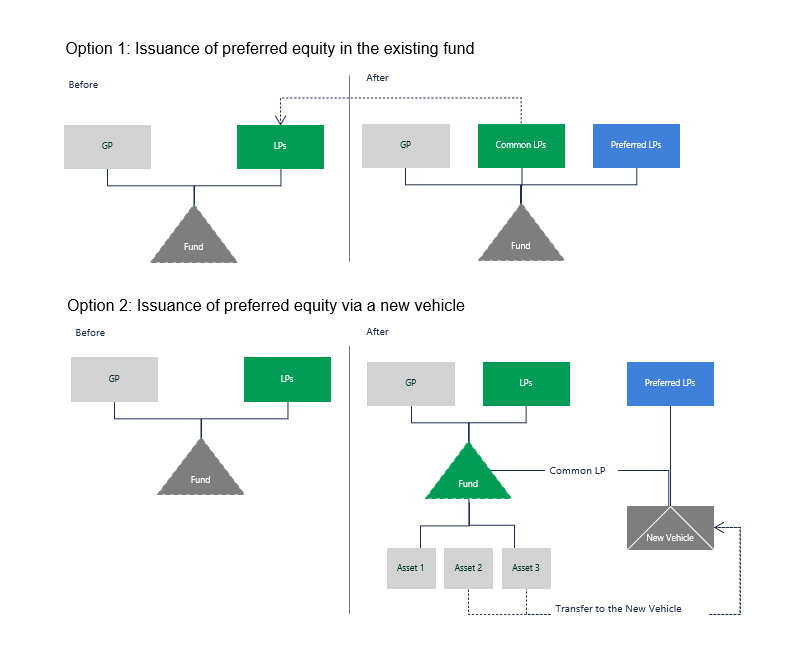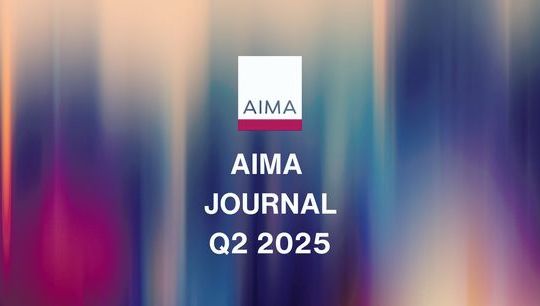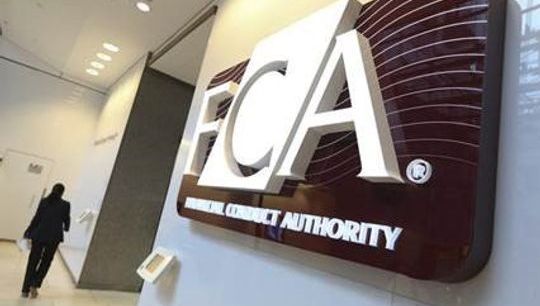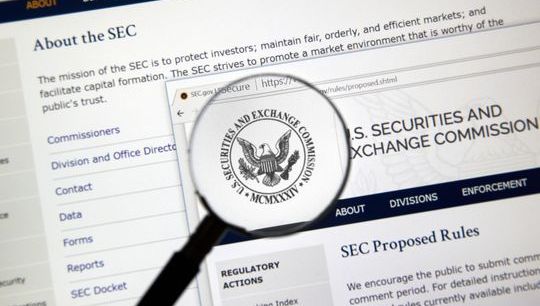Navigating preferred equity in private funds: What to expect and key considerations
By Miao Wang; Hayden Cameron, A&O Shearman
Published: 18 November 2024
1. What is preferred equity in private funds?
Preferred equity sits between traditional debt and common equity in a private fund’s capital stack, which is a hierarchical depiction of the priority of distribution on the fund’s assets and investment proceeds. Preferred equity is so named because it provides an investor with priority to a certain amount of the distribution payments (often calculated by reference to an enhanced rate of return) over common equity. This typically makes it a more secure investment than common equity but with no security and/or guarantee protection (as in debt) and often no sharing of increased investment value as in common equity. Private funds may issue preferred equity to raise additional capital (for example, if third party debt is unavailable and/or investors require incentivising), diversify their funding sources, or provide liquidity to existing investors.
Subject to tax and regulatory considerations,1 preferred equity may be issued by an existing fund or, alternatively, by an aggregator fund or special purpose vehicle newly formed by the existing fund and (sometimes) its related funds managed by the same sponsor2 (the New Vehicle). The existing and related funds may contribute all or part of their portfolio investments to the New Vehicle, as a consideration for common equity, and the New Vehicle will issue preferred equity to new investors. This New Vehicle structure is used by sponsors because it is structurally cleaner, requires minimal changes to the fund documents of the existing fund and related funds, and does not affect the existing debt at the existing fund and related funds.3

2. Where is a preferred equity structure relevant?
Preferred equity can be used in various scenarios. For example:
(a) Use of preferred equity to support secondaries
A traditional sale isn’t always the best solution for managers if the assets could have long-term value should the fund hold them for a few more years. As an alternative to continuation funds, preferred equity may be quicker to implement and avoid the transaction costs and complexities of a secondary sale, especially if the sponsor and the investors prefer to maintain the existing fund structure.
(b) Use of preferred equity to finance follow-on investments or existing investments
Preferred equity can also be used to finance follow-on investments and existing investments as an alternative to NAV facilities4 or where existing and/or new investors require enhanced (and potentially more secure) returns to incentivise the commitment of new capital. Proceeds from preferred equity issuance could, for example, be used to repay existing fund or portfolio company debt (where debt refinancing is not available or does not make commercial sense), or to support a portfolio company’s financial needs such as remedying potential debt covenant breaches (resulting from reduced asset values) or meeting increased development or other contractual liabilities. The proceeds of such follow-on investments and existing investments would usually be aggregated and shared by both common equity holders and preferred equity holders.
3. Managing the relationship with existing investors in the fund
Regardless of whether the fund intends to set up a New Vehicle, one key question it needs to solve is how to manage the relationship with existing investors who will be subordinated as common equity holders should the fund issue preferred equity. This requires proactive and clear communication, alignment of interests, and respect for existing investors’ rights and preferences.
(a) The sponsor should explain the rationale, terms, and expected benefits of the preferred equity issuance, such as enhancing the fund’s liquidity, protecting the value of the existing investors’ investment, diversifying the capital structure, or pursuing attractive follow-on opportunities. Most of the time, the existing investors will be offered the opportunity to subscribe to the preferred equity, even if the fund documentation does not expressly grant them that right.
(b) The sponsor should also address any potential concerns or questions from the common equity holders, such as the impact on their valuation, dividends, voting power, or exit options. The sponsor may seek to align the interests of the preferred and common equity holders by offering them similar or proportional economic and governance rights, or by providing them with incentives or protections, such as fee reduction, participation, conversion, anti-dilution, or liquidation preferences. The fund should also respect the existing rights and preferences of the common equity holders, such as consent, information, or pre-emptive rights, and comply with any contractual or fiduciary obligations.
4. Key terms expected by preferred equity investors
From the perspective of preferred equity investors, to protect their priority payment rights and expected return, they would usually require the following key terms:
(a) Distribution Waterfall: This is a critical term that outlines the order in which distributions are made to the investors and the manager. For preferred equity investors, there is often a preferred hurdle rate (which could be a fixed rate or a floating rate, usually compounded annually) or aggregate return that must be met before any profits are distributed to other subordinated classes of investors or the manager.
(b) Leverage Restrictions: Preferred equity investors would expect limits on the amount of leverage the fund can use to prevent excessive risk-taking and to prevent the fund from incurring additional indebtedness that ranks in priority to or pari passu with the preferred equities.
(c) Redemption: The fund document may allow the sponsor to redeem the preferred equity once the fund has sourced cheaper financing or has liquidity from an asset disposal. Accordingly, preferred equity investors usually require a minimum expected return, often facilitated by a lock-up period during which the sponsor cannot carry out any redemption without paying a redemption premium.5
(d) Anti-Dilution/Subordination Rights: These rights protect preferred equity investors from dilution in the event that additional interests are issued in the future at a lower valuation. Anti-dilution measures include:
- Full ratchet anti-dilution: if new common or preferred equities are issued at a price lower than the price paid by the existing preferred equity holders, the conversion price of the existing preferred equities is adjusted to the new lower price. This means that the existing preferred equity investors can convert their equities into a greater number of the new equities, maintaining their ownership percentage; and/or
- Pre-emptive rights: existing preferred equity investors have the right to purchase additional interests in future funding rounds/follow-on investment opportunities before they are offered to new investors.
- Anti-subordination rights: preferred equity investors may request a prior approval right if the fund is to issue other preferred equities that rank in priority to or pari passu with the existing preferred equities.
(e) Tag-Along and Drag-Along Rights: Tag-along rights allow preferred equity investors to participate in the sale or conversion6 of the preferred equities if the manager or other preferred equity investors are selling or converting their stake. Drag-along rights enable a majority of the preferred equity investors to force minority stakeholders to join in the sale or conversion of the preferred equities.
(f) Voting Rights: Preferred equity investors may have enhanced voting rights on certain key decisions affecting their class, such as, changes to the investment strategy or amendments to the fund documents affecting the priority of the preferred equities.
5. Conclusion
For both managers and investors, preferred equity funding presents a useful and potentially attractive alternative in high interest, distressed, or other scenarios where debt or common equity funding is commercially unattractive or unavailable. The commercial terms and structures are often uniquely designed to balance risk and reward between preferred equity investors, common equity investors, and the sponsor. Consequently, the terms applicable to common and preferred equities are subject to careful construction and thorough negotiation to ensure that the interests of all parties are adequately protected and aligned.
1. For example, from a regulatory perspective, the sponsor should assess whether the EU securitisation regulations would be applicable due to the creation of different tranches.
2. The existing fund is the fund that intends to issue preferred equity, while the related funds are other funds managed by the same sponsor that may have similar or complementary investment strategies or portfolios. These related funds may contribute their assets to the New Vehicle to create a larger and more diversified pool of assets that can attract preferred equity investors.
3. Sponsors should carefully review the existing finance documents to determine whether lender’s consent is needed. This is because lenders may sometimes restrict any third party (e.g., preferred investor) from enjoying a more senior ranking over the assets held by the existing fund. Tax and regulatory implications should also be carefully considered to ensure the transfer of relevant assets to a New Vehicle does not trigger adverse consequences.
4. Compared with a NAV facility, the preferred equity structure may provide capital to release liquidity in the portfolio or provide additional investment capacity on less onerous terms and without leveraging and encumbering the portfolio.
5. A redemption premium is an extra amount payable by the sponsor to the preferred equity investors if the sponsor redeems their equities before a certain period. This premium compensates the preferred equity investors for the foregone expected return and for costs associated with negotiating and implementing the preferred equity investment.
6. Conversion is the process of changing the preferred equities into common equities or other classes of equities of the fund, which right may be optional or linked to specific events such as an asset exit.










